- Home
- slideshows
- miscellaneous
- The rise and fall of JCPenney, one of America's largest department stores
The rise and fall of JCPenney, one of America's largest department stores
JCPenney was founded by James Cash Penney in Kemmerer, Wyoming, in 1902. Penney decided to try his hand at retail after a failed attempt at starting a butcher shop in his home state of Missouri.

He named the first store "The Golden Rule," on ode to the popular idiom that means to "treat others as you would like to be treated."
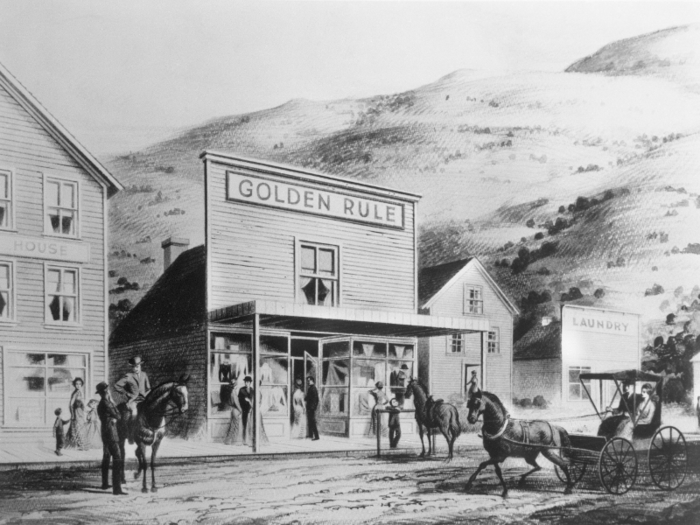
Source: JCPenney
By 1914, The Golden Rule had become a fully incorporated company. It officially changed its name to JCPenney and set up its headquarters in New York City.
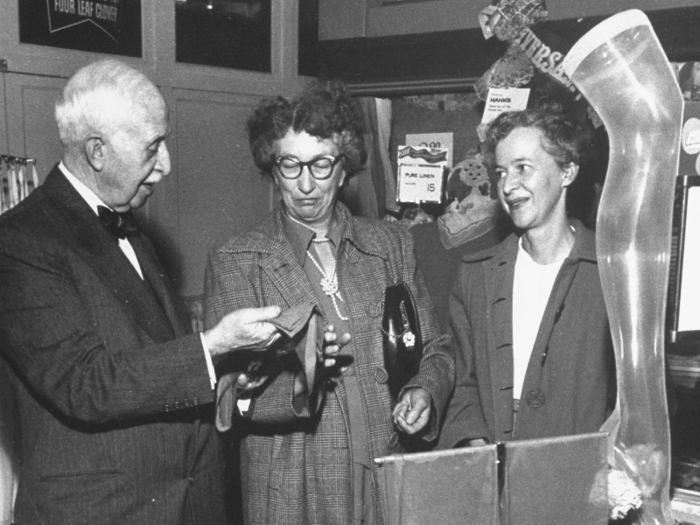
Eyeing expansion, JCPenney began introducing its own private-label brands, beginning with Marathon Hats and expanding to Gaymode hosiery, Silver Moon lingerie, Big Mac workwear, and Towncraft menswear.
Source: JCPenney
JCPenney became a publicly traded company in 1929, though it had a bit of an inauspicious start. The company was listed on the New York Stock Exchange for the first time a week before the stock market crash that caused The Great Depression.

Source: JCPenney
Still, the company managed to reach $1 billion in sales by 1951. After operating exclusively as a cash-only establishment, it opened up credit sales in 1958.

Source: JCPenney
In 1963 JCPenney issued its first catalog, which would later develop into a sprawling, 1,000-page booklet before it was discontinued in 2009.

Though the catalog had a brief renaissance in 2015, JCPenney's catalog ultimately succumbed fully to the digital age.
With the dawn of the world wide web in full swing, JCPenney became one of the first retailers to launch an e-commerce website in 1994.

Source: JCPenney
Now fully in the digital era, JCPenney spent the early aughts experimenting with new forms of customer engagement, including rewards and mobile programs.

Source: JCPenney
JCPenney teamed with Sephora in 2006 in an attempt to increase foot traffic. Today around 75% of all JCPenney stores include a Sephora.

Though JCPenney credits Sephora as a positive addition to the business, analysts have said that the pairing is ultimately hurting the makeup retailer and driving consumers to competitors like Ulta.
Source: Business Insider
Sales began to fall dramatically during the recession and under the leadership of CEO Myron Ullman. By the end of 2010, sales had dropped by 10% from its 2006 high of $20 billion.

Sensing an opportunity, investor Bill Ackman's real-estate firm Vornado purchased a portion of JCPenney and then swiftly ousted Ullman to replace him with Apple's Ron Johnson.
Source: CNN Business
Johnson got to work radically altering the business in a series of moves that ultimately and irrevocably alienated JCPenney's core customer base.
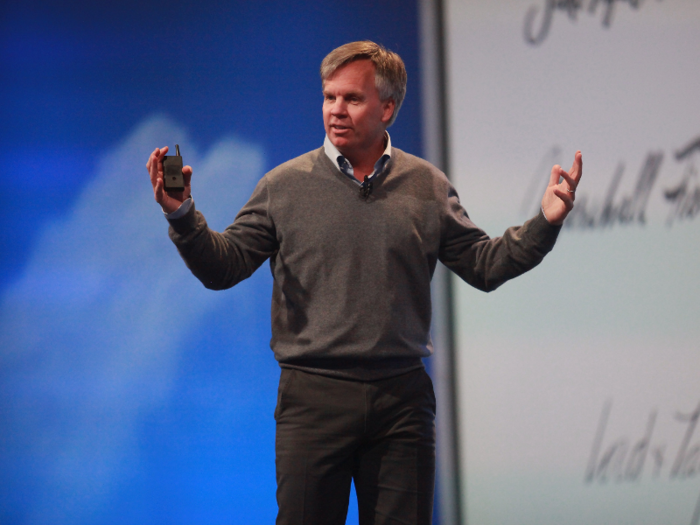
Source: CNN Business
In an attempt to appeal to more affluent shoppers, Johnson changed the logo, marketing strategy, pricing model, and brand selection. Most damagingly, he eliminated coupons and discounts.

Source: CNN Business
JCPenney continued to falter under Johnson's tutelage. In 2013, he and the company became embroiled in a high-profile legal battle with Macy's regarding a contract for selling exclusive Martha Stewart-branded products.

Source: The New Yorker
By the end of 2013, JCPenney decided to bring Ullman back to reverse some of Johnson's misdeeds. However, by this point JCPenney was in too deep.
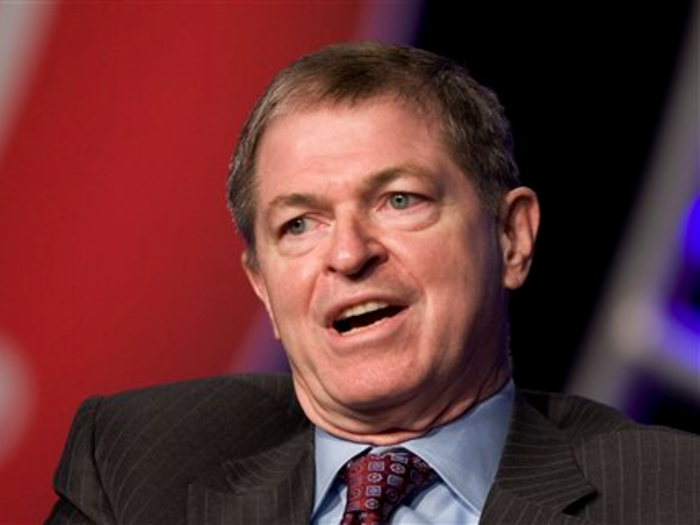
Source: CNN Business
While competitors debuted new digital strategies and store concepts, JCPenney had racked up so much debt there was little left to invest in crucial advancements. Sales continued to decline.

"We are still trying to fully recover from the self-inflicted wounds of the previous strategy," Ullman said in 2015.
Once-thriving JCPenney brick-and-mortar locations grew increasingly barren, as this photo from a Virginia store shows.

Despite acquiring brands like Liz Claiborne back in 2011, JCPenney no longer had a cohesive vision and identity around its product selection, critics said.
Source: CNN Business
JCPenney tried a few last-ditch attempts at revitalizing. On the heels of Toys R Us' bankruptcy in 2017, it looked to capitalize by adding toy stores to its retail locations.
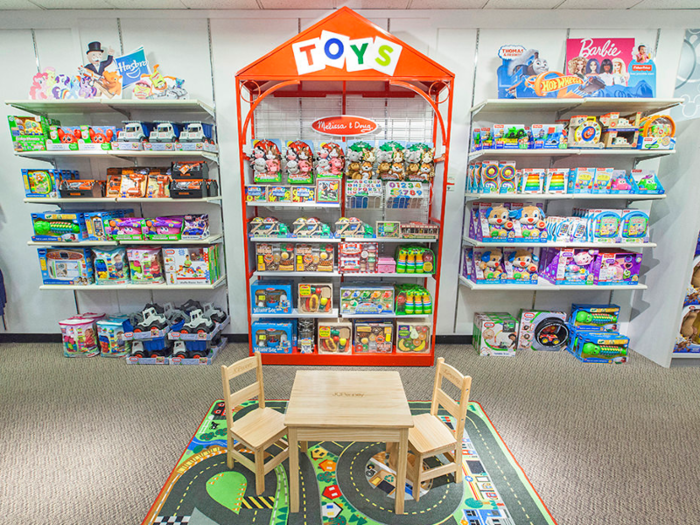
Source: JCPenney
In February 2019, JCPenney announced it would no longer sell appliances. It had reintroduced them for the first time in 33 years back in 2016 in the hopes of drawing in new consumers.

In a company blog post, JCPenney shared its decision to shift focus exclusively to soft goods like apparel "in order to better meet customer expectations, improve financial performance and drive profitable growth."
Looking ahead, the future of JCPenney remains unclear. Analysts say it will have to complete a dramatic overhaul that appears increasingly unlikely.

"JCPenney is nowhere," Mark Cohen, director of retail studies at Columbia Business School, told CNN Business. "A retailer who's nowhere is dead because the business is always hyper-competitive and typically a zero-sum game."
Popular Right Now
Popular Keywords
Advertisement